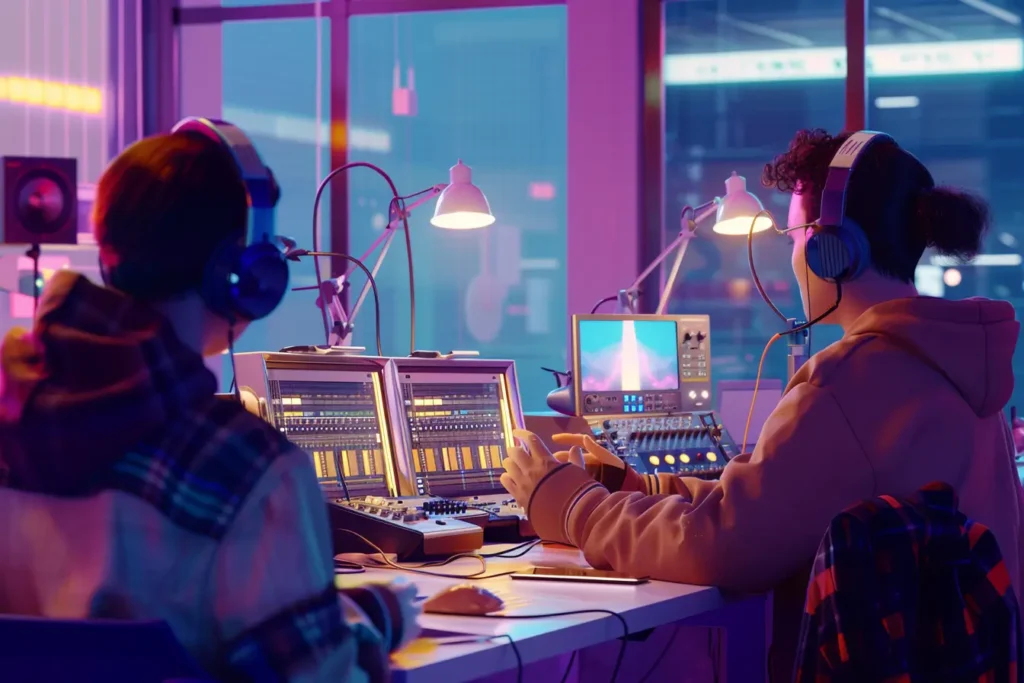Though biking is considered the main method of transportation in the Netherlands, there’s more to getting around than simply using your bike. Surely, using a bike outweighs public transport in that it is free and you can usually access many places faster and more directly. However, that doesn’t mean you should totally rule out using Dutch public transport, especially if you live far from the city centre.
This article is a user manual on Dutch public transport. Learn exactly why and how to use it.
Pros of Using Dutch Public Transport
The Dutch public transportation system includes trams, buses and metro. These are all found in most cities. Additionally, there are intercity and international trains.
Public transport can come in handy in several situations. If you are new to a city and don’t want to risk getting lost then taking a tram or a bus can ensure you don’t get confused by all the cycling roads and junctions. Also, if you are carrying a lot of bags, you shouldn't try a balancing act on your bike in case you cause an accident or hurt yourself. Taking a train or bus is also helpful when you want to go long stretches or even in bad weather. Public transport also come in handy if you are planning to go to a place where you are anxious you might get your bike stolen — especially if it's an E-bike.
OV Chip Cards (& Regular Tickets)
Most, if not all, public transport uses the OV chip card method in addition to tickets. Although you can buy single tickers, the OV chip card is a card that you load money onto. You can get a personalized one with your name and photo or an ‘anonymous’ one.
How do they work?
The cards replace single tickets. Unlike single tickets, cards are permanent or reusable. Many other countries follow a similar system. In the Netherlands, you pay for the distance travelled. So, if you travel 2 stops, you pay for 2 stops. If you travel 10 stops, you pay for 10 stops and so on. This contrasts with the single ticket (which you can also buy onboard), which costs a fixed amount. It costs around €2 for the bus. Price varies according to the city and method of transportation. With a single ticket, you pay a fixed amount no matter how many stops you travel. This ticket is usually valid for something like an hour on all forms of public transport.
The benefit of having the card is that you save money. If a single ticket costs €4 for a fare but you might only need to travel for 2 or 3 stops then you’ve paid for a trip that only costs a few cents or €1 with the OV card. Also, it’s more useful to have a card. You simply have it with you and use it at your convenience.
How do you get one for Dutch public transport?
You can buy an OV chip card at a train station. Use this page to put in your postcode to find the nearest sales point.
If you don’t want to get an OV chip card, you can buy a single ticket from the conductor on the train or bus. Ask the conductor for how long your ticket is valid and for what modes of public transportation you can take with it!
As mentioned, you need to load money onto your OV chip card. You can do this using machines found at almost every metro station and major tram stop. Some supermarkets even have a small machine where you can load your card. Most machines take cards, like MasterCard. Older machines usually allow you to use cash. You can load as much or as little as you want. If you want to take an intercity train, your balance needs to be at least 20eur for an anonymous chip card and 10 for a personal OV. Your card can also reach a negative balance. In this situation, you are no longer allowed to travel. You can check your balance on the OV website by putting in your card number.
Remember to request a new one when your first one expires! The expiry date will be on the back of the card. You can also apply for a refund for the money on your expired card.
How do you use them on Dutch public transport?
When you enter a tram, for example, you will see a little machine with a flat surface and digital screen, inside the tram, next to the doors to your left and right. You swipe your card against the machine and will hear a beeping noise. The screen will confirm that you’ve checked in and will display your card’s balance. This process is referred to as ‘checking in’.
When you leave the tram or other form of transport, you need to swipe your card again to check out. Simply do the same as you did coming in: place your card against the machine next to the door. It will beep and confirm you’ve checked out and show your balance again. Don’t forget to do this! The point of swiping out is that you are only charged for the journey you made. If you forget, you will be charged the full amount for a journey, which is €4.
In short, you are charged the boarding fare of €4 when you check-in. When you check out, you are refunded and only charged for the number of kilometres you travelled. If you bought a single ticket, you don’t need to check out.
Mobile Apps: NS & 9292
It can be handy to know when your transport comes and goes. Instead of blindly waiting at your tram stop, hoping it will come at some point in the near future, you can use an app. 9292 shows you the real-time schedule of trams, buses, metros and more. You can also plan your route. It even shows you how much time it takes to walk to the nearest stop.
NS is also good for planning tram trips or intercity trains.
Intercity & International Trains

If you want to travel outside your own city, you can easily do that! If you want to visit other cities or areas within the Netherlands, you can use intercity trains. They are literally what they say they are: trains going between cities. For example, you can travel to Amsterdam from Rotterdam by intercity train. You might have to take more than one train, depending on where you want to go. But these trains run regularly and you can check their times using 9292 or NS.nl. You can use your OV chip cards on intercity trains. Just make sure you have enough money on your card!
If you want to travel internationally, i.e. to another country, you must take an international train or two. You cannot use your OV chip card for this, so you will need to buy a ticket. A great website to find cheap tickets other than on NS.nl is Omio.
Remember that Dutch public transport might not be the same everywhere in the Netherlands. Ask around if you aren't sure. Don't neglect that wonderful bike of yours but at the same time, giving public transport a go can also be a great way to explore your city…







Notice that you can now also use contactless payments on all dutch public transport. For tourists, this is probably the easiest way to use. You do not have to register or signup for this.
Simply check-in with your mobile (using Google Pay or Apple Pay) or your contactless debit or creditcard. Remember to always check out the same way. For all details, see the official website at http://www.ovpay.nl
Hi Rogier, thank you for this insightful addition to our article - it is indeed possible to go contactless with Ovpay for Dutch public transport, which is more than handy. Our editorial team will make sure to update our manual with this info 😊